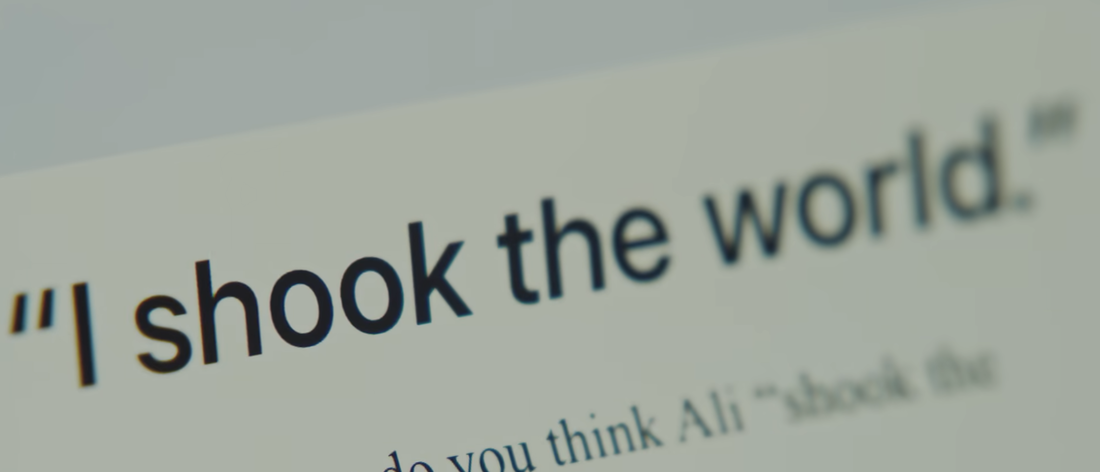|
It's 2023 and we are 63 years past the "The Golden Age of Advertising." An era where creativity abounded amidst the backdrop of dramatic economic and societal changes, human rights activism, and a burgeoning interest in alternative lifestyles.
Advertising's creative minds gave birth to the spokesperson, the mascot and the brand personality. These fictitious characters entered our homes, their shiny, smiling faces stared back at us every time we opened our pantry. Even if a mascot had overt racial or sexist overtones, we turned a blind eye to the offense. And it would take decades for the bitter history behind those characters to be challenged. Because in 1960, unlike in 2023, we just wanted to eat those pancakes in the box. Advertising creativity evolved again in the 1970s and '80s with the support of consumer insights. It went beyond staking a claim on demographics to owning and manipulating our psychographics. Insights became the fertile ground to plant creative seeds. For brands, it made the proposition of owning a mindset, and building brand perception based on that mindset, more coveted than selling the product itself. Fast forward to today, amid cultural conversations driving societal re-examinations of representation and equity, what is our creative responsibility now? As history has shown us, advertising retains its power to make indelible imprints on society and on self-perception. When this power is used irresponsibly, the impact is irreparable for a brand. Trust is lost, credibility is annihilated, and regaining a position of relevance is an arduous, upward, often unsuccessful climb. The 1990s mantra of "Just Do It" encouraged us to run more than the corporate "rat race," but shifted to running as a source of joy. Our responsibility now is to use culture to guide us toward unearthing the unseen moments of innovation and inclusion that exist. We must look beyond the familiar, to make way for stories that are complex, varied and truly representative of the whole of humanity. Apple's "The Greatest" sheds an empowered light on accessibility by dialing down the limitation of disabilities to celebrate the exponential possibilities. The last three years have forced us to reflect on how we see the world around us and participate in cultural conversations we were never invited into before. As creators, our job is not to be opportunistic but to always see where an opportunity for understanding is needed and make a path for it. To bring divergent points of view, histories and experiences together, and to create thoughtfully shared realities. As creatives, we must push our craft and guide our clients to try harder: • Try harder, at being conscious and inclusive by delivering purposeful, representative storytelling. • Try harder, at knowing how to hold UP the mirror versus trying to BE the mirror of customers. • Try harder, at making an impact by showing up with a purpose to serve society first, not ourself. Make "action" the strategy. When a brand is committed to being creatively conscious by design, only then can they lean into the spaces and sometimes uncomfortable places where their actions and voices can authentically be heard, be useful, and empathize with the consumers they aspire to serve. Committing to building conscious creative is how we move forward and how we make advertising truly try harder, again. Edited from an article by Vida Cornelius is VP creative at New York Times Advertising
0 Comments
Leave a Reply. |
Admarc
Fresh insights shared in the morning when ideas are fresh and the coffee is hot. Archives
July 2023
Categories
All
|



 RSS Feed
RSS Feed
